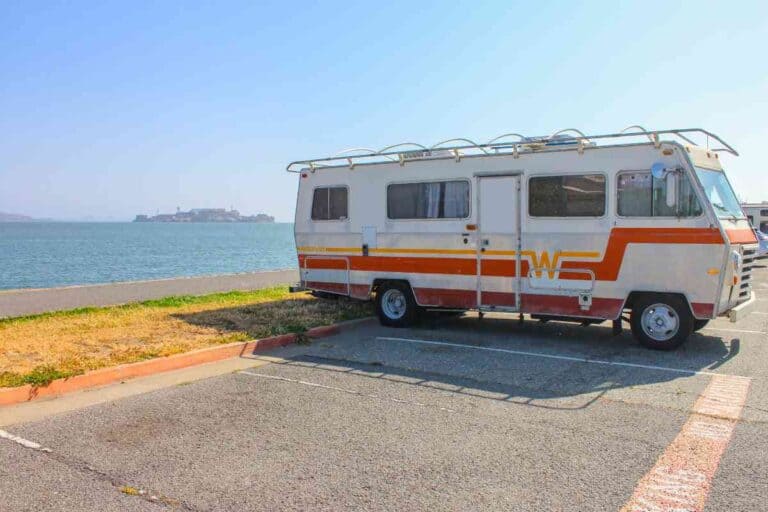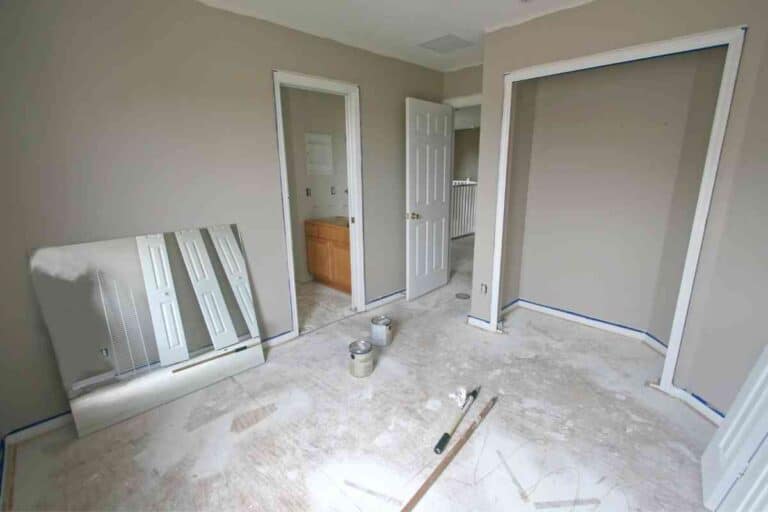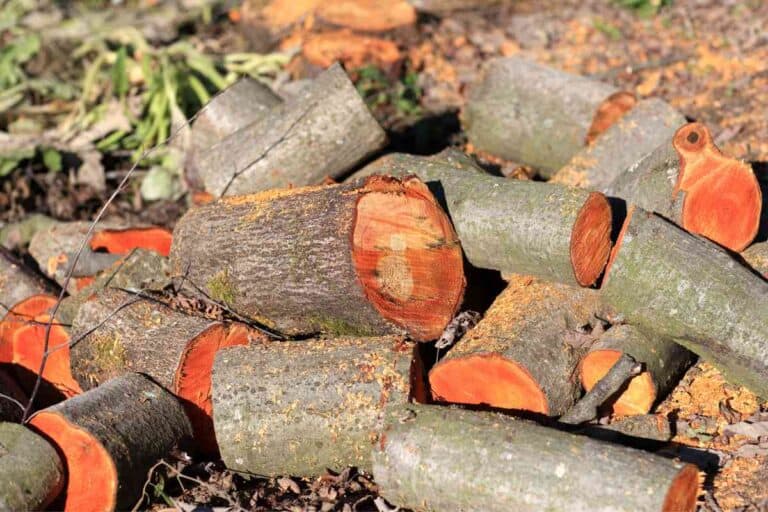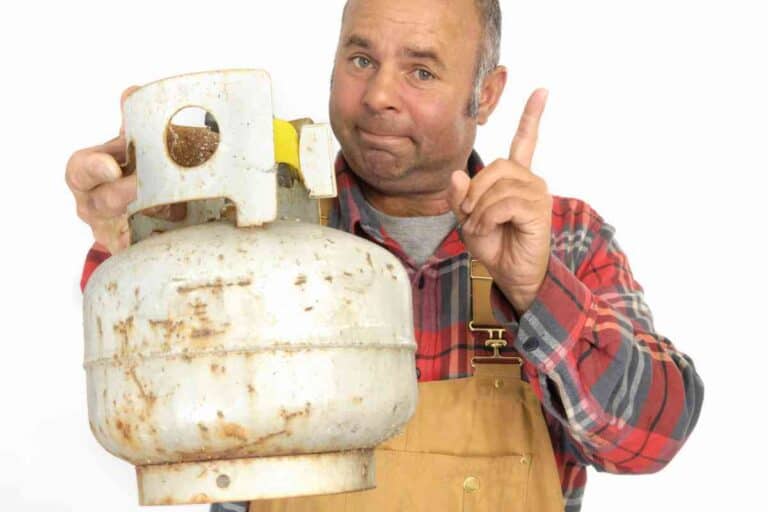How To Test Your Water Softener In Seconds!
If you have hard water, chances are that you will want to use a water softener. It is important to know how a water softener works and how to test it quickly.
Issues can arise with water softeners and it is a good idea to regularly test your water in order to prevent long-term issues that hard water can cause.

How do you test your water softener?
A water softener works by moving water through a filtration system and removing the minerals calcium and magnesium. To test your water softener, you will use soap and water. Hard water will not create bubbles and if your softener is working properly, the soap should lather and create plenty of bubbles.
Having an understanding of the difference between hard and soft water, how the water softener systems work, and how to test your water softener is vitally important if you live in an area with hard water.
Although you can test your water softener very quickly, it is important to know how a water softener works and the signs of hard water. The information in the article below has been researched by professions in the plumbing, water, and geology industries in order to provide accurate and proven information.
Note that this article refers to traditional water softeners. If you’re curious about installing a magnetic water softener, check out our article.
What Is Water Softener?
A water softener is a system that filters water to make it softer. Regardless of whether you live in a house, cabin, or mobile home, a water softener can help if you suffer from hard water.
The water softener helps to remove high levels of calcium and magnesium that cause hard water. The water will flow through the filtration system and the water will be filtered to remove these minerals.
The softened water then flows out of the filtration system and through the plumbing, which leaves you with softened water.
What is Hard Water?
It is estimated that approximately 85% of the United States has hard water. Hard water is water that contains elevated levels of certain dissolved chemicals and minerals.
The top minerals that are found in hard water are calcium and magnesium.
Signs of Hard Water
- Film on the skin after washing
- Soap scum in bathtub, shower, sinks, and dishwasher
- Water spots on glassware
- Decrease in water pressure
- Dry and itchy skin

How Does Water Softener Work?
Water softening systems are sometimes referred to as ion exchange units. They have resin beads that the water must flow through.
When the water flows through the resin beads, the beads will grab the mineral ions and remove them from the water. The water that flows out of the system will no longer have high levels of calcium and magnesium.
Water Softener System
A water softener system will be made up of 3 parts. These 3 parts each serve an individual process in the filtration system.
1. Mineral tank
In the mineral tank, the process of water softening happens. This is where the water will flow and the calcium and magnesium will be removed. The water will then flow out of the mineral tank as soft water.
2. Control valve
The control valve tracks how much water is flowing through the tank and into the household. As large amounts of water flow through the tank, the effectiveness of the resin beads will go down.
The control valve will issue a regeneration cycle if it notices that the resin beads are beginning to wear down.
A regeneration cycle is when the system will flush the minerals out of the system that the resin beads have caught. This will ensure that the system continues to run as effectively as possible.
3. Brine tank
The brine tank is adjacent to the mineral tank. This tank holds a large amount of salt to restore the resin beads’ positive charge.
The brine tank helps in the regeneration process. The control valve will detect that the water is not being softened as effectively as it should and then the brine tank will flush salt through the resin beads.
Testing Water Softener
There are a couple of methods that can be used to determine if your water softener is working properly.
The first method, the soap test, will only take a few seconds to provide an answer. If your water appears to be hard even though you are using a water softener, then you can move on to further testing.
The Soap Test
One of the most simple and quick ways to test if your water softener is working properly is to just use soap and water.
When soap meets water that is hardened by chemicals and minerals, it will not lather. It will tend to leave a film on your skin and no bubbles.
However, if the water is softened properly, you should be able to use soap and water with plenty of lather and bubbles that will appear.
This test will only take a matter of 10 seconds and you will know if you have an issue. If you do have a water softener and you do not notice a lather, you can move on to the next method to test your water further.
Water Hardness Kit
A water hardness kit can be purchased at almost any hardware store. They are simple to use and you will just need to fill a cup with a sample of your water, place the test strip in the water, and you will have an answer within a minute.
Reading the water test kit results can be confusing, but it is fairly straightforward.
Water hardness is tested in grains per gallon (gpg.) Once the water begins to reach 3 gpg, then it is starting to be considered hard water. Levels above 11 are very hard water and anything above 15 gpg is severe.
Advantages of Soft Water
Utilizing a water softening system can have multiple advantages not only for your plumbing, but also for your cleaning and appliances.
- Prevents the build-up of minerals within your plumbing system.
- Reduces water spots on glassware after being cleaned.
- Can lengthen the life of certain appliances that utilize hot water.
- Prevents soap scum and detergent curds in washing machines, dishwashers, sinks, and bathtubs.
Can Water Be Too Soft?
After utilizing a water softener system, some people may complain that their skin feels very slippery. One of the benefits of using a water softener is that you can use less soap for washing off in the shower, washing dishes, and washing clothes.
If you feel that your skin is too slippery, it is worth using less soap in the bath or shower. If the feeling is still there after a month or two, there is an option to allow a very small amount of hard water to come through to create a better balance for you.
Water Softener vs. Water Conditioner
There are water softeners and there are also water conditioners. However, there is a large difference between the two.
The water softener will use salt as a means to get calcium and magnesium out of the water. A water conditioner will typically not completely remove these minerals from the water, but instead, manipulate them so they do not cause buildup and other problems.
Since calcium and magnesium can have health benefits, some people will choose to keep those minerals in their water as long as they are not causing long-term issues.
Unlike a water softener, a water conditioner can also help to eliminate problems in the water such as bacteria and algae.






